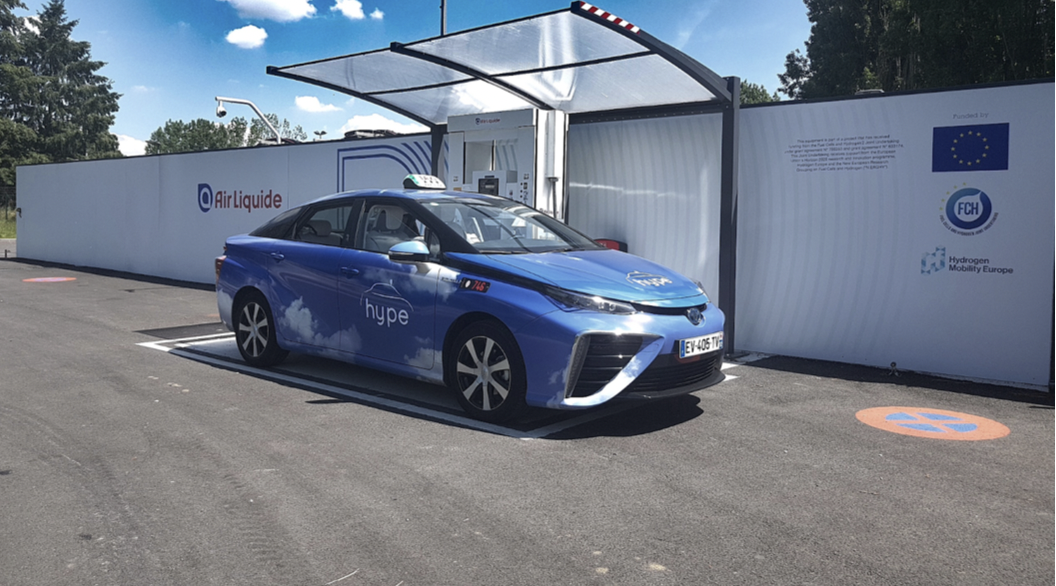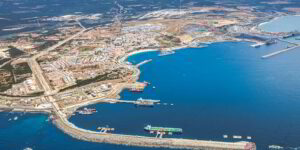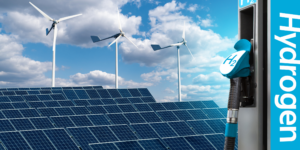Introduction:
Hollywood is hooked on hydrogen! Celebrities like Jamie Lee Curtis, Mena Suvari, Sean Astin, and Diane Kruger have all developed a deep affinity for the quiet and technologically advanced vehicles that emit only water. But are hydrogen cars about to hit the roads driven by the rest of us?
Toyota’s Hydrogen Embrace:
Toyota, renowned for its successful Prius hybrid, wholeheartedly embraced hydrogen cars as its environmentally conscious offering. These vehicles boast a longer range than most electric counterparts and can be refueled with remarkable speed. However, Toyota’s focus on hydrogen slowed down their advancements in electric cars, resulting in them surrendering their early lead to Tesla, traditional competitors, and emerging Chinese companies.
Roadblocks on the Journey:
Currently, hydrogen cars remain a rarity on the streets. Only 15,391 were sold worldwide in 2022, and sales in Japan witnessed a significant decline compared to the previous year. High costs and a scarcity of refueling stations pose as the primary obstacles. The limited availability of hydrogen cars and refueling infrastructure creates a challenging situation that hampers widespread adoption.
Considering Cost Factors:
Moreover, the cost of hydrogen fuel at the pump is notably higher when compared to electricity or gasoline. This, combined with the escalating prices of natural gas used in hydrogen production, contributes to the overall elevated customer price.
Hope in the Freight Sector:
Nevertheless, a ray of hope for hydrogen in ground transport emerges within the freight industry. Electric trucks face limitations due to heavy batteries and restricted range. Conversely, fuel-cell trucks powered by hydrogen can cover longer distances and have the potential to achieve the net-zero carbon dioxide emissions goal by the 2040s. According to BloombergNEF, fuel-cell heavy trucks could achieve economic competitiveness with battery and diesel models by 2030, provided there is a reduction in fuel cell and hydrogen costs.
Expanding Horizons:
Hydrogen vehicles also hold significant potential in continuous operations such as forklifts, port trucks, mining trucks, and even trains. By strategically locating hydrogen stations along major trucking routes, the need for an extensive network of stations could be minimized.
Middle East’s Opportunity:
The Middle East, particularly countries like Saudi Arabia, stands to gain substantially from hydrogen-driven heavy road vehicles as they expand their mining sector and establish long-range trade corridors. Cross-country truck journeys could be optimized by utilizing blue hydrogen for one leg of the trip and green hydrogen for the other, reducing charging stops and overall travel time.
Supporting Green Energy Ambitions:
While ground transport may not be the primary driver of hydrogen demand, it can play a crucial role in supporting the ambitious green energy plans of the region. To make hydrogen trucks and buses a reality, countries must ensure the availability of fuel at reasonable prices and collaborate with automakers to place orders and facilitate production.
The Future of Hydrogen Transport:
So, the future of hydrogen transport lies not in glamorous Hollywood celebrities, but in the dedicated truckers who keep our goods moving. Let’s closely monitor the exciting advancements in the hydrogen-powered transport sector!
Conclusion:
Hydrogen-powered vehicles have captivated Hollywood’s attention, but their true potential lies in revolutionizing ground transport. Overcoming challenges related to cost, infrastructure, and availability will be crucial for broader adoption. However, with promising prospects in the freight industry and the Middle East’s growing interest, hydrogen transport has the potential to become a significant player in the global transition to more sustainable transportation solutions. Let’s embrace the possibilities and drive towards a sustainable future.




